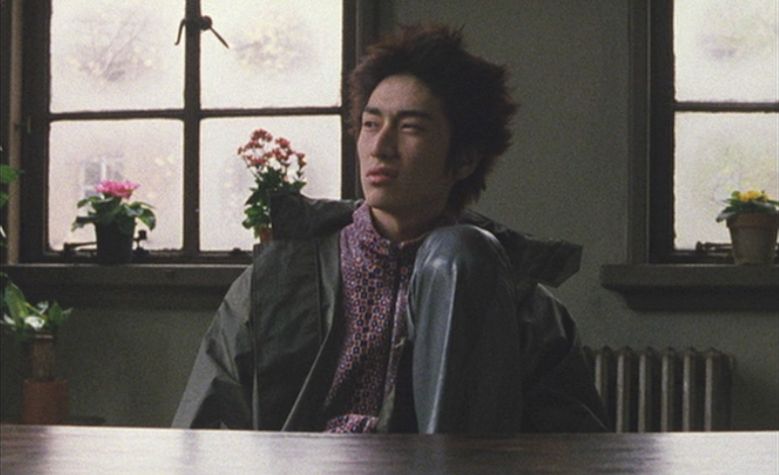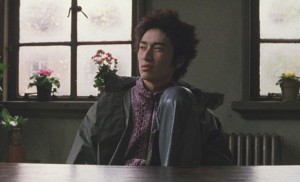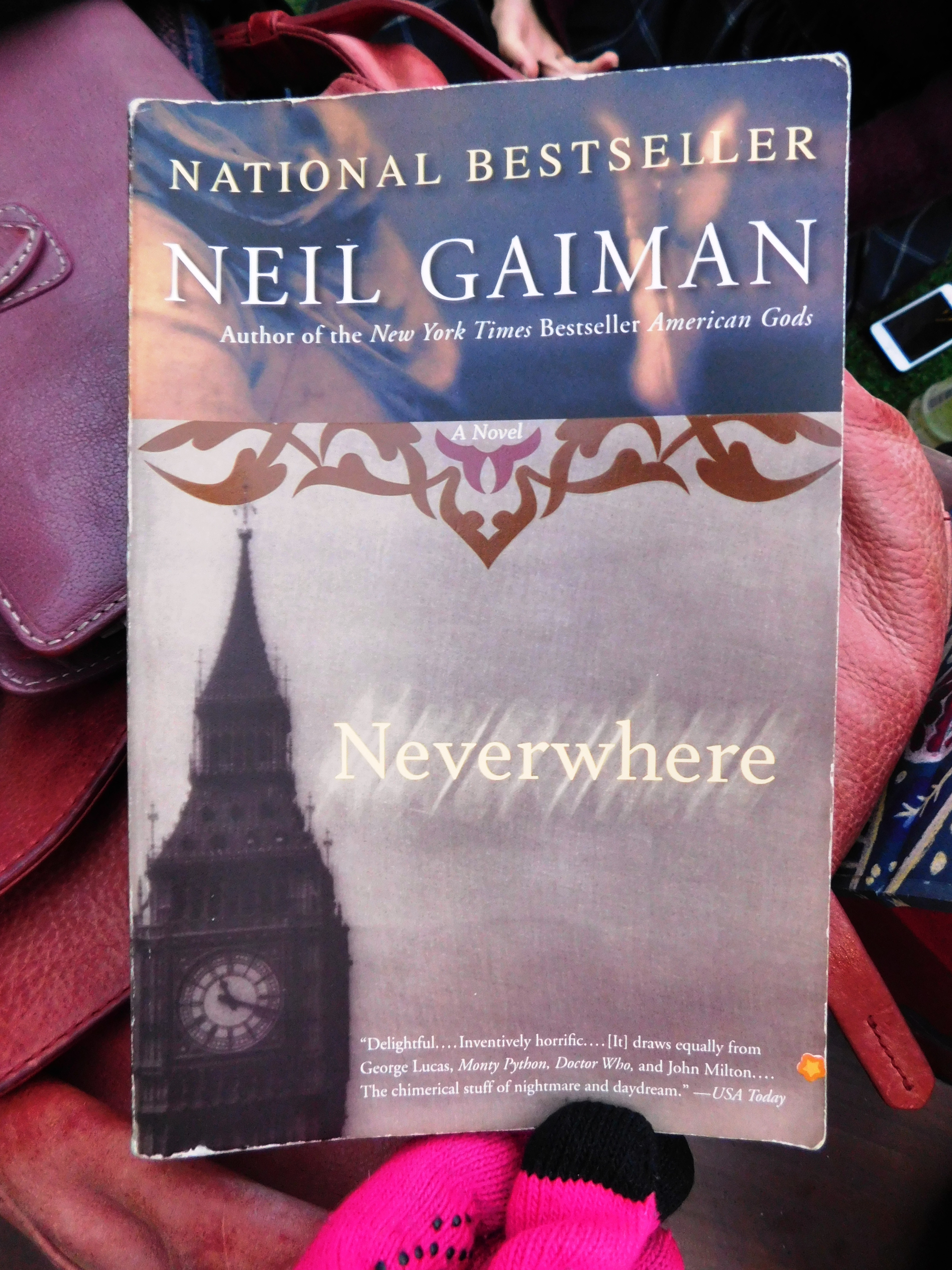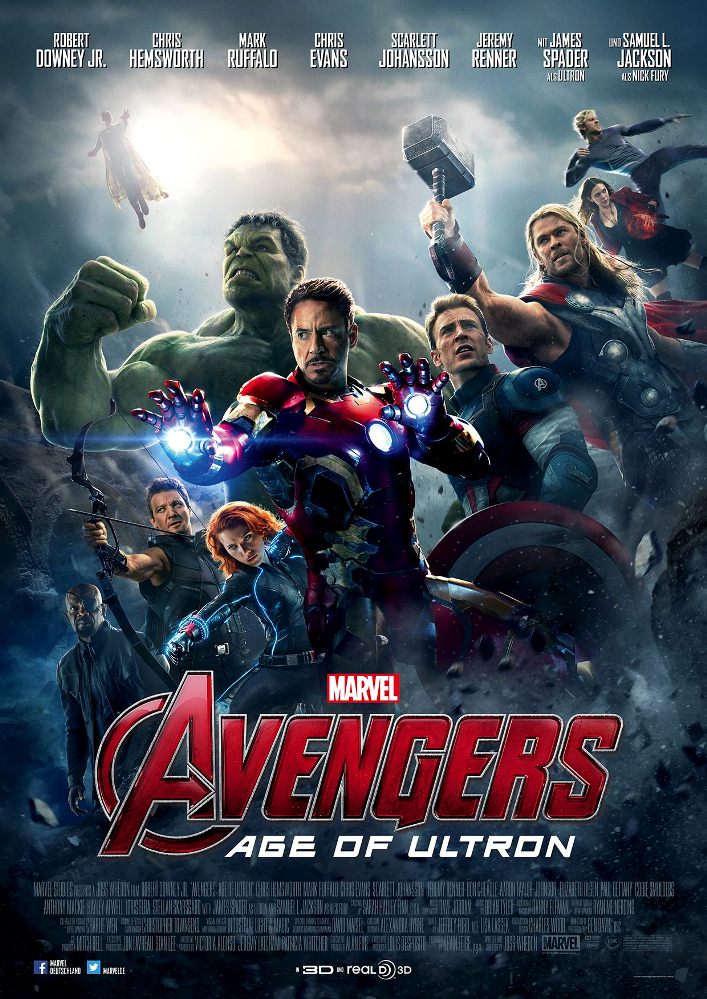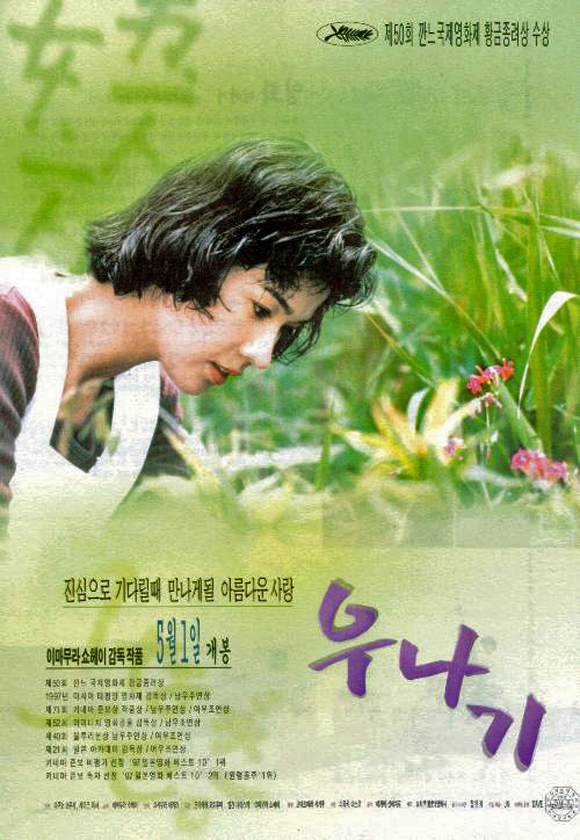I Heart T-Points: Hirokazu Koreeda’s After Life
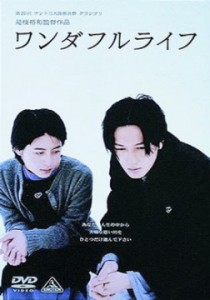 If you consider yourself a cinema enthusiast, you need to see the Hirokazu Koreeda (pronounced Kore-eda) film After Life (ワンダフルライフ). After Life is more than just a good movie; it presents a vision of life after death that can give anyone hope. Film lovers especially, however, will find themselves nodding in ferocious agreement when one of the deceased remarks, “…that really is heaven.â€
If you consider yourself a cinema enthusiast, you need to see the Hirokazu Koreeda (pronounced Kore-eda) film After Life (ワンダフルライフ). After Life is more than just a good movie; it presents a vision of life after death that can give anyone hope. Film lovers especially, however, will find themselves nodding in ferocious agreement when one of the deceased remarks, “…that really is heaven.â€
The concept behind the afterlife in After Life is that whenever a person dies (even the jerks) they go to a waystation where agents are waiting to help them choose the most significant memory of their life. The staff then recreates that event on film. After viewing their movie, the deceased are whisked away into a presumably blissful afterlife of that one great memory. It sounds awesome, doesn’t it?
Personally, I would choose hearing my girlfriend explode with blissful laughter and cheers as I tumbled, purposely, down the Tottori sand dunes last year. Or the time my dad screamed “Call Syracuse!†after I won a wrestling tournament that qualified me for another in Syracuse, New York. Anyway…
Koreeda got his start making documentaries for television and is renowned for using a similar style in his non-documentary works as well. He accomplishes this in After Life by using three different techniques. First, handhelds are his camera of choice (before all the cool kids were doing it). Occasionally, this gives the illusion that we are chasing after the characters to capture candid moments. Other times, it helps us relax and simply enjoy the stories the characters want to tell.
Selecting one perfect moment from a thirty, fifty or eighty-year-long lifetime of memories is tough work. Therefore, the “customers†at the waypoint spend the majority of After Life simply talking about themselves.  The mock-documentary techniques continue with Koreeda casting many amateur actors (as themselves) to lend realism to the roles. Furthermore, much of the film was unscripted to give the amateur actors an opportunity to tell their actual life stories.
The techniques employed by Koreeda to give After Life a documentary vibe also serve to make the film feel “real.â€Â This credibility helps viewers develop an appreciation for the characters’ “lives.â€Â I now understand why the families in Depatures say「ãŠç–²ã‚Œæ§˜ã§ã—ãŸã€to their departing loved ones.
After Life does have an overarching plot but this is not the most important aspect of the film. The purpose of After Life is not to find out how an eighteen-year-old deals with her emotions or how a long-dead man finally chooses his memory. Those conflicts are at best subplots to the amazing life stories of the deceased and the charming way in which their significant memories are brought to life on film. Koreeda has imagined what I believe to be the perfect afterlife: warm, comforting and all about making movies.
If you enjoyed After Life and find yourself craving more Koreeda, definitely check out Nobody Knows (誰も知らãªã„) next. Nobody Knows is based on the true story of a Japanese mother that abandoned her four young children (from four different fathers) in a Tokyo apartment. Once again, Koreeda used amateur actors and his signature documentary style to create “reality cinema,†an atmosphere that serves his heavy subject matter particularly well. You’ll laugh, you’ll cry, but most of all you’ll want to punch the mother in the face.
Thanks for watching!
